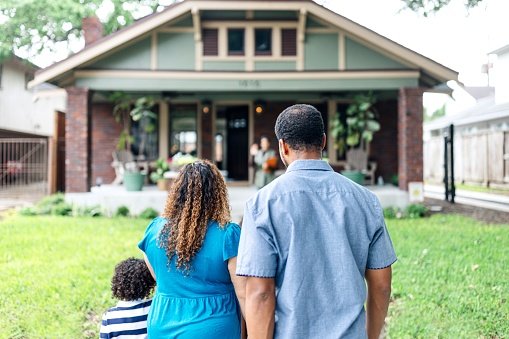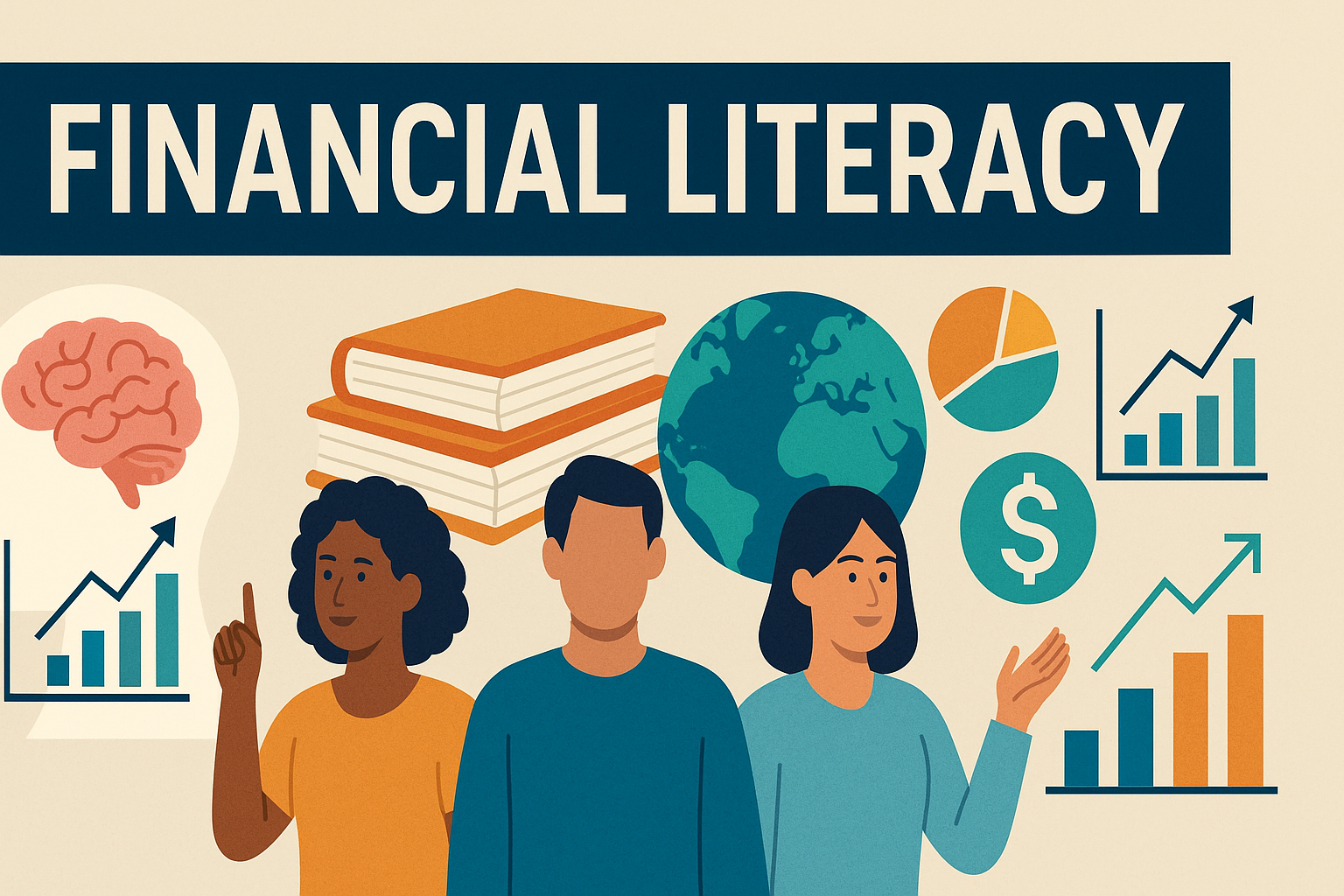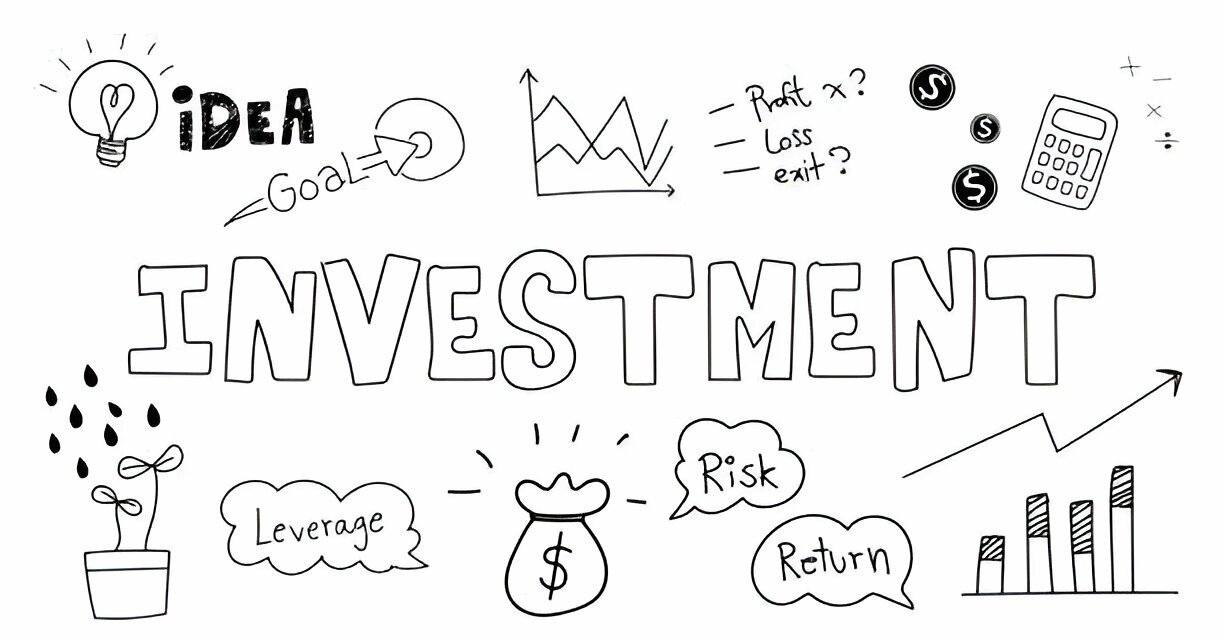Homeowners insurance-companies” title=”The Best Pet Insurance Companies of 2025″>insurance-claim-denied-take-these-steps-next” title=”Was Your Insurance Claim Denied? Take These Steps Next”>insurance-companies” title=”The Best Pet Insurance Companies of 2025″>insurance-claim-denied-take-these-steps-next” title=”Was Your Insurance Claim Denied? Take These Steps Next”>insurance-companies” title=”The Best Pet Insurance Companies of 2025″>insurance-claim-denied-take-these-steps-next” title=”Was Your Insurance Claim Denied? Take These Steps Next”>insurance-companies” title=”The Best Pet Insurance Companies of 2025″>insurance-claim-denied-take-these-steps-next” title=”Was Your Insurance Claim Denied? Take These Steps Next”>insurance-companies” title=”The Best Pet Insurance Companies of 2025″>insurance-claim-denied-take-these-steps-next” title=”Was Your Insurance Claim Denied? Take These Steps Next”>insurance-companies” title=”The Best Pet Insurance Companies of 2025″>insurance-claim-denied-take-these-steps-next” title=”Was Your Insurance Claim Denied? Take These Steps Next”>insurance-companies” title=”The Best Pet Insurance Companies of 2025″>insurance-claim-denied-take-these-steps-next” title=”Was Your Insurance Claim Denied? Take These Steps Next”>insurance-companies” title=”The Best Pet Insurance Companies of 2025″>insurance-claim-denied-take-these-steps-next” title=”Was Your Insurance Claim Denied? Take These Steps Next”>insurance-companies” title=”The Best Pet Insurance Companies of 2025″>insurance-claim-denied-take-these-steps-next” title=”Was Your Insurance Claim Denied? Take These Steps Next”>insurance-companies” title=”The Best Pet Insurance Companies of 2025″>insurance-claim-denied-take-these-steps-next” title=”Was Your Insurance Claim Denied? Take These Steps Next”>insurance-companies” title=”The Best Pet Insurance Companies of 2025″>insurance-companies” title=”The Best Life Insurance Companies of 2025″>insurance-claim-denied-take-these-steps-next” title=”Was Your Insurance Claim Denied? Take These Steps Next”>insurance-companies” title=”The Best Pet Insurance Companies of 2025″>insurance-companies” title=”The Best Life Insurance Companies of 2025″>insurance-claim-denied-take-these-steps-next” title=”Was Your Insurance Claim Denied? Take These Steps Next”>insurance-companies” title=”The Best Pet Insurance Companies of 2025″>insurance-companies” title=”The Best Life Insurance Companies of 2025″>insurance-claim-denied-take-these-steps-next” title=”Was Your Insurance Claim Denied? Take These Steps Next”>insurance-companies” title=”The Best Pet Insurance Companies of 2025″>insurance-companies” title=”The Best Life Insurance Companies of 2025″>insurance-claim-denied-take-these-steps-next” title=”Was Your Insurance Claim Denied? Take These Steps Next”>insurance-companies” title=”The Best Pet Insurance Companies of 2025″>insurance-companies” title=”The Best Life Insurance Companies of 2025″>insurance-claim-denied-take-these-steps-next” title=”Was Your Insurance Claim Denied? Take These Steps Next”>insurance-companies” title=”The Best Pet Insurance Companies of 2025″>insurance-companies” title=”The Best Life Insurance Companies of 2025″>insurance-claim-denied-take-these-steps-next” title=”Was Your Insurance Claim Denied? Take These Steps Next”>insurance-companies” title=”The Best Pet Insurance Companies of 2025″>insurance-companies” title=”The Best Life Insurance Companies of 2025″>insurance-claim-denied-take-these-steps-next” title=”Was Your Insurance Claim Denied? Take These Steps Next”>insurance-companies” title=”The Best Pet Insurance Companies of 2025″>insurance-companies” title=”The Best Life Insurance Companies of 2025″>insurance-claim-denied-take-these-steps-next” title=”Was Your Insurance Claim Denied? Take These Steps Next”>insurance-companies” title=”The Best Pet Insurance Companies of 2025″>insurance isn’t one-size-fits-all. The same exact policy can cost hundreds more depending on who you buy it from. If you want to avoid overpaying, here are some practical tips to help you get the best value without sacrificing coverage.
1. Shop Around, It’s Worth It
Don’t just grab a quote from the first company you find. Talk to friends, check online reviews, look up your state’s insurance department, and use quote comparison sites. You can also visit the National Association of Insurance Commissioners (www.naic.org) to find info on customer complaints and insurer ratings.
The goal isn’t just to find the lowest price, it’s to find a company that offers solid coverage and will be reliable if you ever need to file a claim. Use customer reviews and complaint records to help you figure out who’s trustworthy.
2. Increase Your Deductible
Your deductible is what you pay out of pocket before insurance kicks in. If you raise it from $500 to $1,000, you might save up to 25% on your premium. Just make sure it’s an amount you could realistically cover in an emergency.
Also, be aware that if you live in an area prone to disasters (like hurricanes, hailstorms, or earthquakes), your policy might have special deductibles for those risks.
3. Insure the House, Not the Land
Your insurance should cover what it would cost to rebuild your home, not what you paid for it, especially not the land it sits on. Including land value in your coverage will only raise your premium for no good reason.
RELATED: Here’s How to Pick the Right Homeowners Insurance Company…”>Here’s How to Pick the Right Homeowners Insurance Company…”>Here’s How to Pick the Right Homeowners Insurance Company…”>Here’s How to Pick the Right Homeowners Insurance Company…”>Here’s How to Pick the Right Homeowners Insurance Company…”>Here’s How to Pick the Right Homeowners Insurance Company…”>Here’s How to Pick the Right Homeowners Insurance Company…”>Here’s How to Pick the Right Homeowners Insurance Company…”>Here’s How to Pick the Right Homeowners Insurance Company for Your Needs”>Here’s How to Pick the Right Homeowners Insurance Company for Your Needs”>Here’s How to Pick the Right Homeowners Insurance Company for Your Needs”>Here’s How to Pick the Right Homeowners Insurance Company for Your Needs”>Here’s How to Pick the Right Homeowners Insurance Company for Your Needs”>Here’s How to Pick the Right Homeowners Insurance Company for Your Needs”>Here’s How to Pick the Right Homeowners Insurance Company for Your Needs”>Here’s How to Pick the Right Homeowners Insurance Company for Your Needs”>Here’s How to Pick the Right Homeowners Insurance Company for Your Needs”>Here’s How to Pick the Right Homeowners Insurance Company for Your Needs”>Here’s How to Pick the Right Homeowners Insurance Company for Your Needs
4. Bundle Your Policies
Many insurers will give you a discount, usually between 5% and 15%, if you get both your home and auto insurance through them. Just double-check that bundling actually saves you money compared to getting separate policies elsewhere.
5. Disaster-Proof Your Home
Making your home more resistant to damage can lower-car-insurance-rates” title=”How to Lower Car Insurance Rates in 12 Simple Steps”>lower-car-insurance-rates” title=”How to Lower Car Insurance Rates in 12 Simple Steps”>lower-car-insurance-rates” title=”How to Lower Car Insurance Rates in 12 Simple Steps”>lower-car-insurance-rates” title=”How to Lower Car Insurance Rates in 12 Simple Steps”>lower-car-insurance-rates” title=”How to Lower Car Insurance Rates in 12 Simple Steps”>lower-car-insurance-rates” title=”How to Lower Car Insurance Rates in 12 Simple Steps”>lower-car-insurance-rates” title=”How to Lower Car Insurance Rates in 12 Simple Steps”>lower your premium. Ask your insurance rep what improvements qualify for discounts. These could include storm shutters, stronger roofing, or seismic retrofitting. Updating your heating, plumbing, and wiring can also help reduce risks (and costs).
6. Improve Home Security
Simple security measures like smoke detectors, deadbolts, and basic alarms can shave about 5% off your premium. More advanced systems, like sprinklers or monitored fire/burglar alarms, can lead to even bigger savings, sometimes up to 20%. Before investing, check with your insurer to see what systems qualify and how much you’d actually save.
7. Ask About Other Discounts
Some insurers offer breaks for retirees (often up to 10%), especially since retirees are home more often and may catch problems sooner. You might also qualify for discounts through your employer or a professional group you belong to. Ask what’s available, you might be surprised.
8. Maintain Good Credit
Yes, your credit score can affect your homeowners insurance premium. Companies use credit info in most states to determine risk. So keep your credit healthy: pay bills on time, limit new credit applications, and monitor your credit report regularly for errors.
9. Loyalty Might Pay Off
Sticking with the same insurance company for several years could get you a loyalty discount, usually around 5% after 3-5 years and up to 10% after six or more. But still check around every year or two to make sure you’re not missing out on a better deal elsewhere.
10. Update Your Coverage Annually
Take time once a year to go over your policy. Make sure it reflects any major purchases, renovations, or changes to your home’s value. At the same time, remove any coverage you no longer need, like expensive floaters for items that have lost value.
11. If You’re in a Government Plan, Look for Private Options
If you’re in a high-risk area and using a government-backed insurance plan, it’s worth checking if private insurers will cover you, especially if you’ve taken steps to reduce risk. Contact your state insurance department for guidance.
12. Factor Insurance Costs Into Your Home Purchase
If you’re house hunting, remember: the home’s location and condition will affect your insurance rates. Being near a fire hydrant, having updated electrical or plumbing systems, or living in a brick house (if you’re in a hurricane zone) can all lower costs. Also, request the home’s CLUE report, it shows past insurance claims and can reveal hidden issues.
Keep in mind: standard homeowners insurance doesn’t cover floods or earthquakes. If you’re in a high-risk area, you’ll need a separate policy for those. Flood insurance averages around $400/year and is backed by FEMA (www.fema.gov/nfip). For earthquakes, check with your insurer or visit the California Earthquake Authority (www.earthquakeauthority.com) if you’re in that state.













Loading comments...
Leave a Comment(Login required)